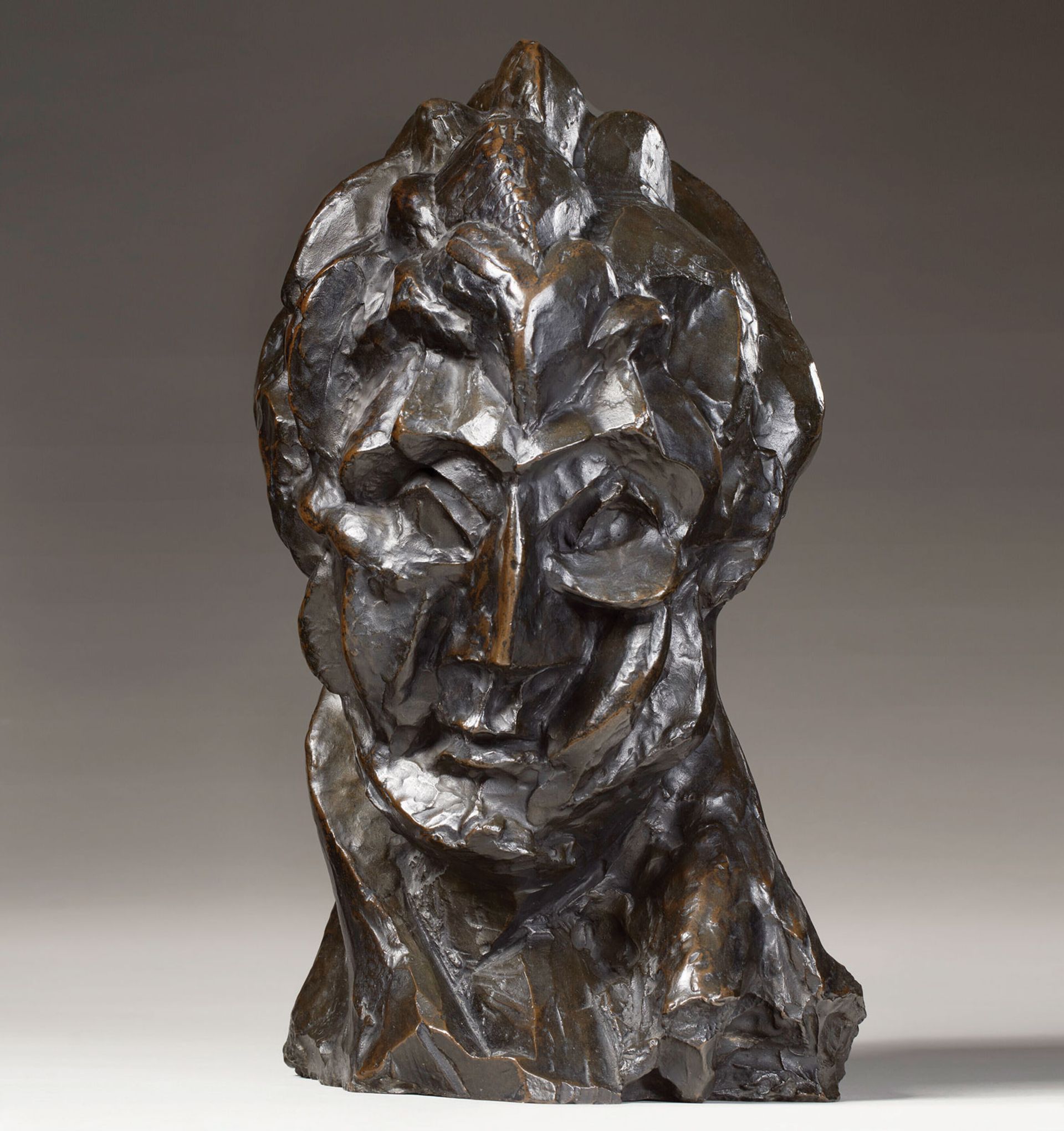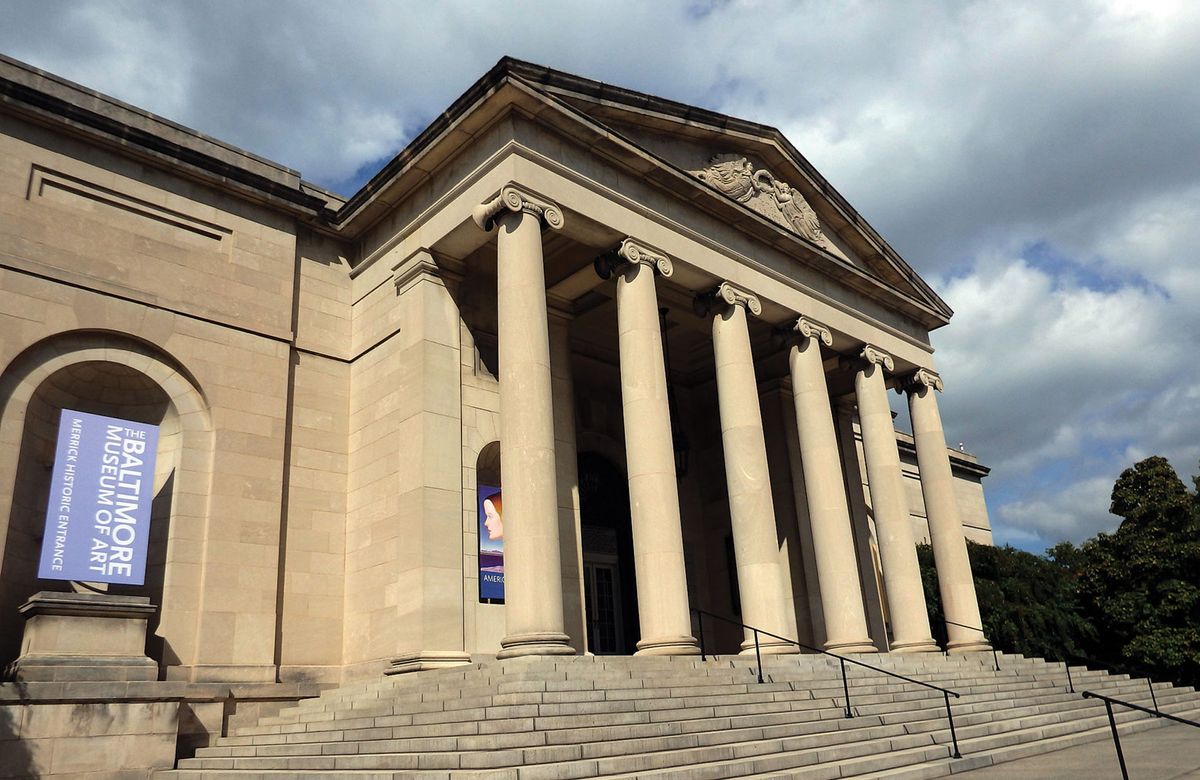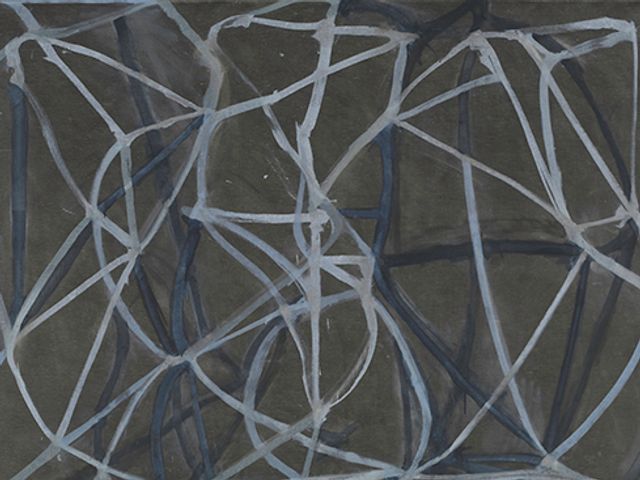In April 2020, just weeks into the global Covid-19 lockdowns, the Association of Art Museum Directors (AAMD) announced it was loosening rules on how museums use the proceeds from sales of art, or deaccessioning, for a two-year window. It stated that museums could direct the funds towards the “direct care of collections”—rather than restricting them to further art acquisitions. Intended to mitigate the dire financial consequences of the pandemic, those resolutions expired on 12 April this year, bringing an era of expanded deaccessioning to a close. Did this brief shift have any lasting impact on US museum leadership at large? The answer is complicated.
For some museum professionals, the past two years might be best described as an experience in frustration. Despite the relaxed AAMD policies, several museums still faced public scrutiny over their deaccession sales. The Baltimore Museum of Art (BMA) met with particularly ferocious condemnation in October 2020, when it announced plans to sell three works from its collection: Andy Warhol’s monumental The Last Supper (1986) and paintings by Brice Marden and Clyfford Still. The sales were meant to fund a $65m endowment supporting various equity initiatives such as staff pay rises, diversity programmes and free admission to special exhibitions. While the plan was said to align with the AAMD guidelines, the BMA faced an outcry, including multiple board resignations and a terse letter from a group of US museum leaders. The sales were cancelled at the eleventh hour, leaving the planned endowment with vastly reduced funds.
Critical questions
Christopher Bedford, the outgoing director of the BMA, says in a statement to The Art Newspaper that he remains committed to “asking critical questions about the systems that underpin our institutions and taking tangible steps to modify, enhance and reimagine those structures to meet the demands and needs of our communities”. Diversity and inclusion “should be a central part of the ongoing conversation about deaccessioning”, he says, adding that he hopes there will continue to be “robust discussion” about the practice “well beyond the needs and contexts of the pandemic”.

The Metropolitan Museum of Art in New York has consigned Picasso’s Tête de femme (Fernande, 1909) to Christie’s this month © Succession Picasso 2022; courtesy of Christie’s
Writing for ARTnews, the art lawyer Donn Zaretsky also argued that the loosened restrictions should apply permanently, giving individual museums more freedom to weigh up the costs and benefits of art sales themselves. To its advocates, deaccessioning represents another tool in a museum’s arsenal to overcome financial setbacks. To critics, the financialisation of a museum’s collection is an untenable prospect.
“The definition of ‘direct care’ is notoriously vague, and many museums could be tempted to monetise collections to address budget shortfalls in the future if that option was deemed acceptable by the profession,” warns Martin Gammon, an art adviser and the author of Deaccessioning and Its Discontents: A Critical History. Though the AAMD’s guidelines were updated so that cash-strapped museums could survive the pandemic, Gammon points out that few of the recent deaccessioning sales were motivated by financial desperation. Like many critics of the practice, he asserts that it should always privilege curatorial intent over financial planning.
The deaccessioning debate is one that thrives in the murky waters of the American museum model. Many US museums are built on an unstable confluence of the public and the private, and much conflict arises from the attempt to balance the interests of donors, visitors and the institution itself. For some museums, selling works from the collection to increase staff pay is tantamount to “direct care”; for others, ensuring that an early Impressionist masterwork remains in the public trust is a priority. The more flexible policies of the past two years have done little to clarify these nuances, leaving museums to their own interpretations.
Nevertheless, a conservative approach to deaccessioning still seems to dominate. Last year, the Metropolitan Museum of Art in New York sold around $1m worth of deaccessioned prints and photographs to make up for lost revenue during the pandemic, but the works were all duplicates within the museum’s collection and the proceeds were significantly smaller than the BMA’s $65m target. “The relaxed guidelines were a temporary measure at a time of enormous challenges, but we are beyond that now,” says Andrea Bayer, the Met’s deputy director for collections and administration. “Museums are funded through philanthropy and revenues, not the selling of art.”
According to museum spokespeople, funds from the forthcoming auction of the Met’s Cubist bronze sculpture by Picasso, estimated to bring in $30m at Christie’s New York on 12 May, will be ring-fenced for acquisition purposes. The same goes for the Museum of Fine Arts (MFA) Boston’s sale of two Georgia O’Keeffe paintings, estimated to fetch up to $9m together at Christie’s this month. “At the MFA we don’t come to decisions about deaccessioning lightly,” says the museum’s director, Matthew Teitelbaum. “Our commitment has been, and under current circumstances, will continue to be to use funds [from] deaccessioning for the purchases of works of art.”
From this vantage, it appears that the debate over deaccessioning is all but settled. The AAMD has returned to its pre-pandemic regulations, and museum leaders have followed suit. The notion of selling works to underwrite museum operations has receded once again to a pipe dream for some, a nightmare for others.




